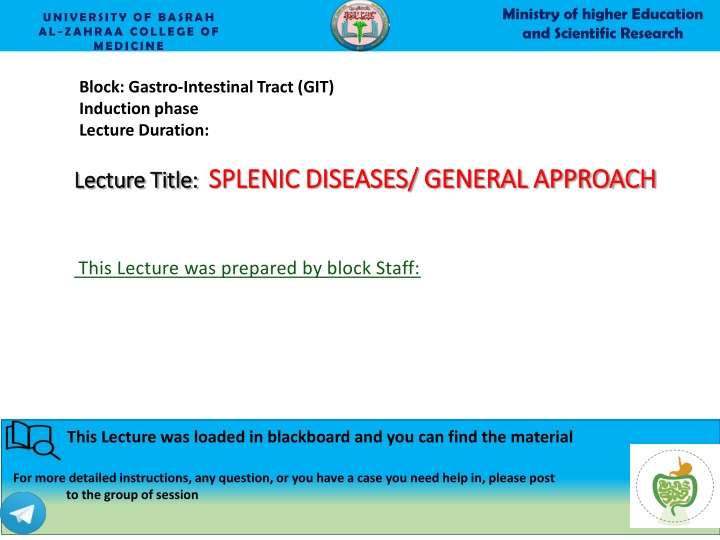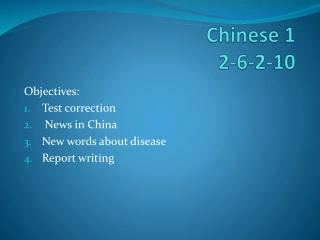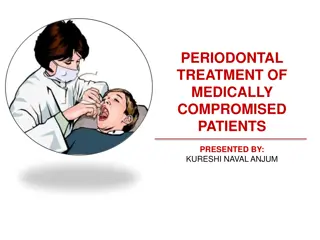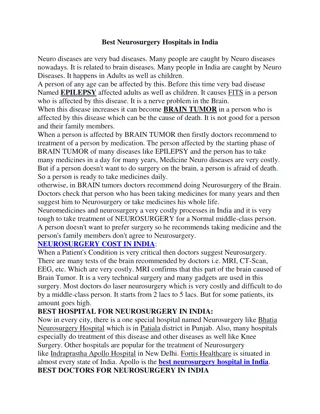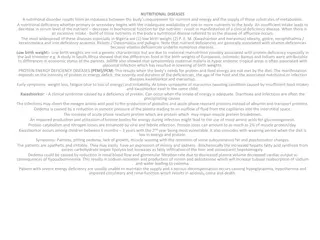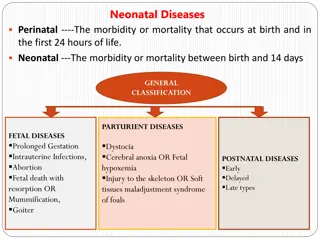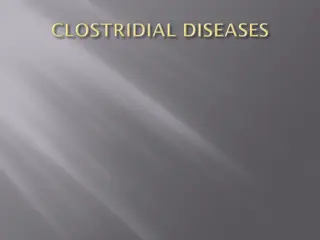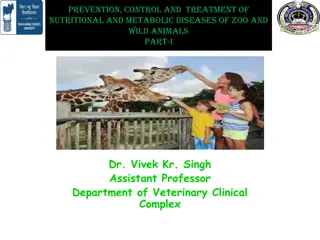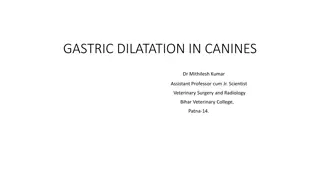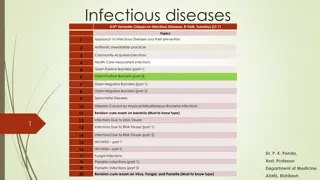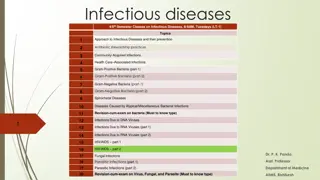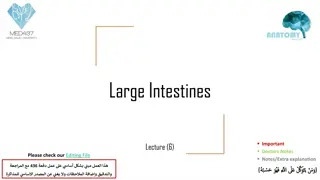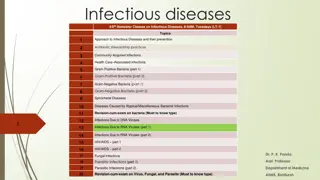SPLENIC DISEASES/ GENERAL APPROACH
Various aspects of splenic diseases, including pathologies, splenomegaly, hypersplenism, and complications of splenectomy. Learn about the spleen's function, anatomy, physiology, and surgical embryology. Understand its immune and filter functions and more.
Download Presentation

Please find below an Image/Link to download the presentation.
The content on the website is provided AS IS for your information and personal use only. It may not be sold, licensed, or shared on other websites without obtaining consent from the author.If you encounter any issues during the download, it is possible that the publisher has removed the file from their server.
You are allowed to download the files provided on this website for personal or commercial use, subject to the condition that they are used lawfully. All files are the property of their respective owners.
The content on the website is provided AS IS for your information and personal use only. It may not be sold, licensed, or shared on other websites without obtaining consent from the author.
E N D
Presentation Transcript
Ministry of higher Education and Scientific Research UNIVERSITY OF BASRAH AL-ZAHRAA COLLEGE OF MEDICINE Block:Gastro-Intestinal Tract (GIT) Induction phase Lecture Duration: Lecture Title: Lecture Title: SPLENIC DISEASES/ GENERAL APPROACH SPLENIC DISEASES/ GENERAL APPROACH This Lecture was prepared by block Staff: This Lecture was loaded in blackboard and you can find the material For more detailed instructions, any question, or you have a case you need help in, please post to the group of session
Ministry of higher Education and Scientific Research UNIVERSITY OF BASRAH AL-ZAHRAA MEDICAL COLLEGE Learning Objectives (LO) TO UNDERSTAND 1. The function of the spleen. 2. The common pathologies involving the spleen. 3. Splenomegaly and hypersplenism. 4. The principles and potential complications of splenectomy. 5. The importance of prophylaxis against infection following splenectomy.
Ministry of higher Education and Scientific Research UNIVERSITY OF BASRAH AL-ZAHRAA MEDICAL COLLEGE SURGICAL EMBRYOLOGY\ ANATOMY Condensations of mesoderm in the dorsal mesogastrium. The weight of the normal adult spleen is 75 250 g. In the left hypochondrium between the gastric fundus and the left hemidiaphragm, with its long axis lying along the tenth rib. Splenic notch.
Ministry of higher Education and Scientific Research UNIVERSITY OF BASRAH AL-ZAHRAA MEDICAL COLLEGE SURGICAL EMBRYOLOGY\ ANATOMY
Ministry of higher Education and Scientific Research UNIVERSITY OF BASRAH AL-ZAHRAA MEDICAL COLLEGE SURGICAL EMBRYOLOGY\ ANATOMY
Ministry of higher Education and Scientific Research UNIVERSITY OF BASRAH AL-ZAHRAA MEDICAL COLLEGE PHYSIOLOGY The splenic parenchyma consists of white and red pulp. The overall flow rate of blood is about 300 mL/min.
Ministry of higher Education and Scientific Research UNIVERSITY OF BASRAH AL-ZAHRAA MEDICAL COLLEGE FUNCTIONS Immune function. Filter function. Pitting. Reservoir function. Cytopoiesis.
Ministry of higher Education and Scientific Research UNIVERSITY OF BASRAH AL-ZAHRAA MEDICAL COLLEGE CONGENITAL ABNORMALITIES Splenunculi: Single or multiple accessory spleens (10 30%). SITES: near the hilum in 50%. the splenic vessels or behind the tail of the pancreas in 30 per cent. The remainder are located in the mesocolon or the splenic ligaments. Failure to identify and remove these at the time of splenectomy may give rise to persistent disease. Splenic agenesis/ Polysplenia, Hamartomas, Non-parasitic splenic cysts.
Ministry of higher Education and Scientific Research UNIVERSITY OF BASRAH AL-ZAHRAA MEDICAL COLLEGE SPLENIC INFARCTION Commonly occurs in patients with: 1. Myeloproliferative syndrome. 2. Portal hypertension. 3. Vascular occlusion produced by pancreatic disease. 4. Splenic vein thrombosis. 5. Sickle cell disease.
Ministry of higher Education and Scientific Research UNIVERSITY OF BASRAH AL-ZAHRAA MEDICAL COLLEGE SPLENIC RUPTURE Splenic rupture should be considered in any case of blunt abdominal trauma, particularly when the injury occurs to the left upper quadrant of the abdomen. Iatrogenic injury to the spleen remains a frequent complication of any surgical procedure, particularly those in the left upper quadrant when adhesions are present.
Ministry of higher Education and Scientific Research UNIVERSITY OF BASRAH AL-ZAHRAA MEDICAL COLLEGE SPLENOMEGALY Splenomegaly is a common feature of many disease processes 1. INFECTIVE. 2. BLOOD DISEASE. 3. CIRCULATORY. 4. METABOLOIC. 5. COLLAGEN DISEASE. 6. NON PARASITIC CYSTS 7. NEOPLASTIC.
Ministry of higher Education and Scientific Research UNIVERSITY OF BASRAH AL-ZAHRAA MEDICAL COLLEGE SPLENOMEGALY INFECTIVE Typhoid, Tuberculosis, Septicemia, Splenic abscess. Viral Infectious mononucleosis Malaria, Schistosomiasis, Kala-azar, Hydatid cyst.
Ministry of higher Education and Scientific Research UNIVERSITY OF BASRAH AL-ZAHRAA MEDICAL COLLEGE SPLENOMEGALY BLOOD DISEASE Acute leukemia, Chronic leukemia. Idiopathic thrombocytopenic purpura. Hereditary spherocytosis. Autoimmune hemolytic anaemia. Thalassaemia.
Ministry of higher Education and Scientific Research UNIVERSITY OF BASRAH AL-ZAHRAA MEDICAL COLLEGE SPLENOMEGALY CIRCULATORY Portal hypertension. Splenic vein thrombosis.
Ministry of higher Education and Scientific Research UNIVERSITY OF BASRAH AL-ZAHRAA MEDICAL COLLEGE SPLENOMEGALY METABOLIC Rickets. Amyloid. Gaucher s disease.
Ministry of higher Education and Scientific Research UNIVERSITY OF BASRAH AL-ZAHRAA MEDICAL COLLEGE SPLENOMEGALY Collagen disease Still s disease. Felty syndrome.
Ministry of higher Education and Scientific Research UNIVERSITY OF BASRAH AL-ZAHRAA MEDICAL COLLEGE SPLENOMEGALY Non-parasitic cysts Congenital. Acquired.
Ministry of higher Education and Scientific Research UNIVERSITY OF BASRAH AL-ZAHRAA MEDICAL COLLEGE SPLENOMEGALY Neoplastic Hodgkin s lymphoma. Myelofibrosis.
Ministry of higher Education and Scientific Research UNIVERSITY OF BASRAH AL-ZAHRAA MEDICAL COLLEGE HYPERSPLENISM An indefinite clinical syndrome that is characterized by splenic enlargement, any combination of anaemia, leukopenia or thrombocytopenia, compensatory bone marrow hyperplasia and improvement after splenectomy. Careful clinical judgement is required to balance the long- and short-term risks of splenectomy against continued conservative management.
Ministry of higher Education and Scientific Research UNIVERSITY OF BASRAH AL-ZAHRAA MEDICAL COLLEGE SPLENECTOMY INDICATIONS 1. Trauma Accidental Operative 2. Hematological Spherocytosis Purpura (ITP) Hypersplenism
Ministry of higher Education and Scientific Research UNIVERSITY OF BASRAH AL-ZAHRAA MEDICAL COLLEGE SPLENECTOMY SPLENECTOMY 3. Oncological Part of en bloc resection Diagnostic Therapeutic 4. Portal hypertension Variceal surgery
Ministry of higher Education and Scientific Research UNIVERSITY OF BASRAH AL-ZAHRAA MEDICAL COLLEGE PREOPERATIVE PREPARATION In the presence of a bleeding tendency, transfusion of blood, fresh-frozen plasma, cryoprecipitate or platelets may be required. Coagulation profiles should be as near normal as possible at operation, and platelets should be available for patients with thrombocytopenia at operation and in the early postoperative period.
Ministry of higher Education and Scientific Research UNIVERSITY OF BASRAH AL-ZAHRAA MEDICAL COLLEGE PREOPERATIVE PREPARATION Antibiotic prophylaxis appropriate to the operative procedure should be given, and consideration should be given to the risk of postsplenectomy sepsis. Remember preoperative immunization.
Ministry of higher Education and Scientific Research UNIVERSITY OF BASRAH AL-ZAHRAA MEDICAL COLLEGE POSTOPERATIVE COMPLICATIONS 1. Haemorrhage: a slipped ligature. 2. Hematemesis: gastric mucosal damage. 3. Gastric dilatation. 4. Left basal atelectasis is common. 5. Pleural effusion.
Ministry of higher Education and Scientific Research UNIVERSITY OF BASRAH AL-ZAHRAA MEDICAL COLLEGE POSTOPERATIVE COMPLICATIONS 6. Injury to adjacent structures e.g. gastric fistula, pancreatitis, or pancreatic fistula. 7. Postoperative thrombocytosis: If platelet > 1 106 /mL, prophylactic aspirin is recommended. 8. Increased risk of deep vein thrombosis and pulmonary embolism. The relative risk and benefit of thromboprophylaxis in this setting has not been assessed adequately.
Ministry of higher Education and Scientific Research UNIVERSITY OF BASRAH AL-ZAHRAA MEDICAL COLLEGE POSTOPERATIVE COMPLICATIONS 9. Postsplenectomy septicemia: Streptococcus pneumoniae, Neisseria meningitides, Haemophilus influenzae and Escherichia coli. 10. The risk of pneumonia, meningitis and major sepsis following splenectomy is increased three-fold. 11. The risk is greater in: Young patient. Patients treated with chemoradiotherapy. Thalassaemia, sickle cell disease and autoimmune anaemia or thrombocytopenia. 12. OPPORTUNIST POSTSPLENECTOMY INFECTION (OPSI)
Ministry of higher Education and Scientific Research UNIVERSITY OF BASRAH AL-ZAHRAA MEDICAL COLLEGE OPPORTUNIST POSTSPLENECTOMY INFECTION (OPSI) It is a major concern. Sudden onset of fever, nausea, and lethargy, which may progress to coma and death within 24-48 hours, associated with shock and often DIC. Measures to reduce risk: 1. appropriate and timely immunization. 2. antibiotic prophylaxis. 3. education and prompt treatment of infection.
Ministry of higher Education and Scientific Research UNIVERSITY OF BASRAH AL-ZAHRAA MEDICAL COLLEGE OPPORTUNIST POSTSPLENECTOMY INFECTION (OPSI) Prophylactic antibiotics > controversial. Children younger than 5 years should be treated with a daily dose of penicillin until the age of 10 years. Older children should be continued at least until the age of 16 years. Its use is less well defined in adults.
Ministry of higher Education and Scientific Research UNIVERSITY OF BASRAH AL-ZAHRAA MEDICAL COLLEGE OPPORTUNIST POSTSPLENECTOMY INFECTION (OPSI) Compliance is problematic in the long term The risk of overwhelming sepsis is greatest within the first 2 3 years after splenectomy. It seems reasonable to give prophylaxis during this time.
Ministry of higher Education and Scientific Research UNIVERSITY OF BASRAH AL-ZAHRAA MEDICAL COLLEGE OPPORTUNIST POSTSPLENECTOMY INFECTION (OPSI) Satisfactory oral prophylaxis can be obtained with penicillin, erythromycin, amoxicillin or co-amoxiclav. Suspected infection can be treated intravenously with these same antibiotics and cefotaxime or ceftriaxone, or chloramphenicol in patients allergic to penicillin and cephalosporins.
Ministry of higher Education and Scientific Research UNIVERSITY OF BASRAH AL-ZAHRAA MEDICAL COLLEGE OPPORTUNIST POSTSPLENECTOMY INFECTION (OPSI) Elective splenectomy > vaccinating against pneumococcus, meningococcus C (both repeated every 5 years) and H. influenzae type B (Hib) (repeated every 10 years). The latter two vaccines are commonly delivered as a combined preparation. Pneumococcal vaccination is recommended in those patients aged over 2 years. Haemophilus influenzae type B vaccination is recommended irrespective of age.
Ministry of higher Education and Scientific Research UNIVERSITY OF BASRAH AL-ZAHRAA MEDICAL COLLEGE OPPORTUNIST POSTSPLENECTOMY INFECTION (OPSI) Yearly influenza vaccination has been recommended, as there is some evidence that it may reduce the risk of secondary bacterial infection. Such vaccinations should be administered at least 2 weeks before elective surgery or as soon as possible after recovery from surgery but before discharge from hospital.
Ministry of higher Education and Scientific Research UNIVERSITY OF BASRAH AL-ZAHRAA MEDICAL COLLEGE OPPORTUNIST POSTSPLENECTOMY INFECTION (OPSI) Asplenic patients should carry a medical alert and an up-to- date vaccination card. They require specific advice regarding travel and animal handling. Patients who have undergone splenectomy and are travelling to countries where malaria is present are strongly advised to use all physical antimosquito barriers as well as antimalarial therapy since they are at increased risk of severe malaria.
Ministry of higher Education and Scientific Research UNIVERSITY OF BASRAH AL-ZAHRAA MEDICAL COLLEGE OPPORTUNIST POSTSPLENECTOMY INFECTION (OPSI) In the trauma victim, vaccination can be given in the postoperative period, and the resulting antibody levels will be protective in the majority of cases. Antibody levels are, however, less than 50% of those achieved if vaccination is given in the presence of an intact spleen. Protection following vaccination is not always guaranteed.
